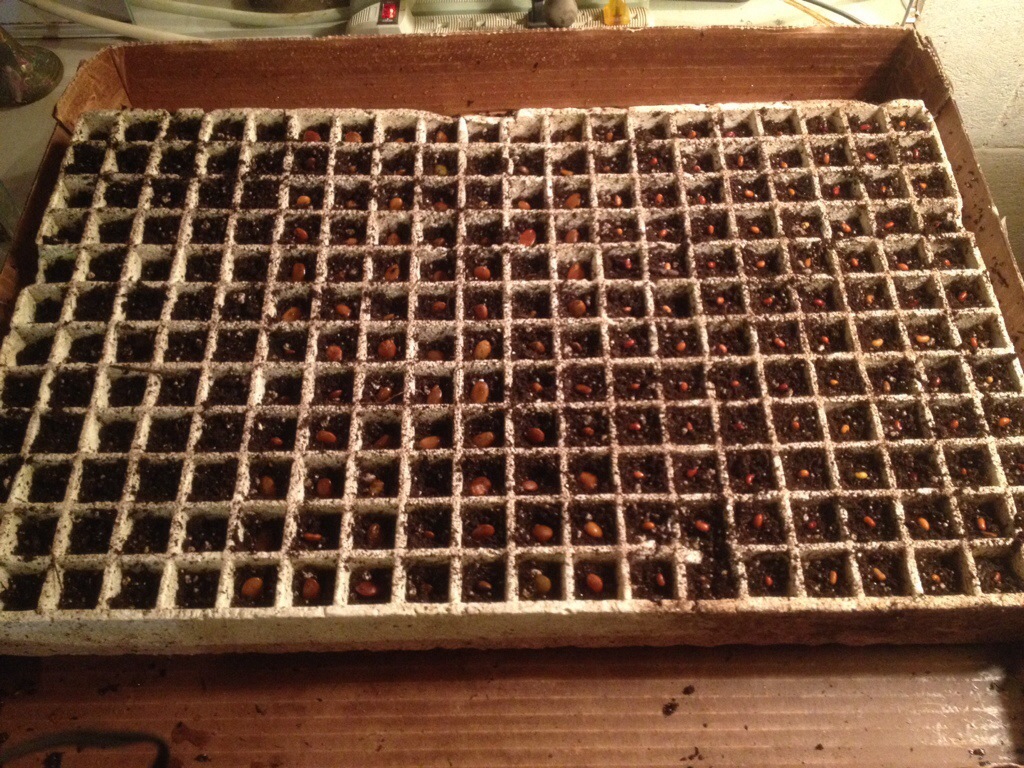Yesterday I talked about using herbaceous support species in food forest design and establishment, and how both annual and perennial herbs and plants can perform many of the same functions as typical support trees. While this is true, I wanted to also point out some of the nitrogen fixing trees that we will be planting this year into our food forest as support species.
First on the list is honey locust. This is an awesome tree. It can be an overstory tree if you let it, but it coppices easily, making it a prime candidate for chop and drop mulching. It fixes nitrogen, and flowers for a long period of time in late spring and early summer, providing an excellent nectar source for bees. It also yields huge amounts of sweet tasting pods with edible seeds. The seeds can be eaten by humans, but chickens, cattle, and goats are especially found of them. Honey locust trees are easily grown from seed, provided they are soaked overnight until swollen, or nicked and soaked prior to planting.
Another support tree that we plan on planting is black alder. Black alder fixes more nitrogen per acre than any other native species. It grows rapidly, easily, and coppices. It’s eaves break down rapidly, increasing soil fertility above ground while it fixes nitrogen below ground. A pioneering species, black alder is often found growing in poor soils and wet sites. It’s wood is highly valued, especially for uses where it is submerged in water, such as docks. I can envision using some black alder poles as a base for a floating chinampa garden in our pond. Needless to say, we are excited about black alder.
Siberian pea shrub is another nitrogen fixing permaculture plant that will be interplanted among our fruit and nut trees. A tall growing shrub, it fixes nitrogen and produces a very high protein seed that is palatable to chickens and other livestock. I consider it a temperate climate version of pigeon pea, as it performs many of the same functions but is extremely hardy, to at least zone 3. Siberian pea shrub is easy to grow from seed; it germinates quickly after an overnight soak and thin sowing.
These are the three plants that I have going in a speedling tray at the moment. I planted about 240 of them, so there should be plenty to fill the gaps in our food forest, and we won’t feel so bad about cutting them down for mulch as the system progresses. Over the next few weeks, I plan on starting some more species, including mimosa, goumi, black locust, and russian olive. All of these support species fix nitrogen, and should supply ample fertility for our new food forest.
